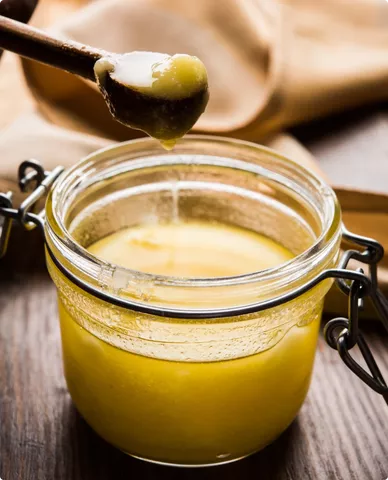Processed Animal Proteins
Processed animal proteins (PAP) are high-quality protein sources derived from various animal by-products, used primarily in animal feed. These proteins, sourced from pigs, cows, poultry, fish, and insects, are essential in the pet food and aquaculture industries.
Processed animal proteins (PAP), or animal meal, play a pivotal role in the animal feed industry, transforming animal by-products into valuable protein sources for pet food and aquaculture feeds. This comprehensive guide explores the types of PAP, their production methods, applications, regulatory standards, and key parameters important for PAPs.
Types of Processed Animal Proteins
PAP can be classified based on the animal source from which they are derived e.g.:
-
Pork
-
Beef
-
Poultry
-
Fish
-
Insect
Production Methods
The production of PAP involves several critical steps to ensure safety and quality:
- Collection and Preparation
- Raw Material: Animal by-products are collected from slaughterhouses, meat processing plants, and other sources.
- Inspection and Sorting: Ensures raw materials are free from contaminants and meet regulatory standards.
- Rendering Process
- Wet Rendering: Raw materials are cooked in water or steam to separate proteins and fats.
- Dry Rendering: Heats the materials without water, leading to faster processing but with higher oxidation risks.
- Processing
- Heating and Sterilisation: Ensures the destruction of pathogens and compliance with microbiological standards.
- Grinding and Drying: The cooked materials are ground into a fine powder and dried to produce PAP.
- Purification: Further purification processes remove impurities and ensure the protein meets required standards.
Main Parameters Important for PAPs
| Parameter | Description |
|---|---|
| Crude Protein Content | Indicates the nutritional value and suitability for various feed formulations. |
| Crude Ash Content | Measures the mineral content in PAP, which can affect digestibility and nutrient balance. |
| Moisture Content | Determines the shelf life and stability of the product. |
| Crude Fat Content | Essential for energy provision in animal diets. |
| Digestibility | Ensures the proteins are easily absorbed and utilised by animals. |
| Microbiological Safety | Regular testing for pathogens such as Salmonella and Enterobacteriaceae to ensure product safety. |
Applications of Processed Animal Proteins
PAP is versatile and finds applications across various industries:
-
Animal Feed
-
Pet Food: PAP provides essential nutrients and enhances palatability in pet food formulations.
-
Aquaculture Feed: Used extensively in fish diets due to its high protein content and digestibility.
-
Livestock Feed: Though regulated, PAP can be used in certain livestock feeds, providing a rich protein source.
-
-
Fertilisers
-
Organic Fertilisers: PAP is used as an ingredient in organic fertilisers, enriching soil with essential nutrients.
-
Regulatory and Quality Control
Ensuring the safety and quality of PAP is paramount. The European Union has established stringent regulations to oversee the production and use of PAP:
-
Traceability: All raw materials and end products must be traceable to their origin.
-
Hygiene Standards: Strict hygiene practices are mandated to prevent contamination during processing.
-
Microbiological Testing: Regular testing for pathogens such as Salmonella and Enterobacteriaceae is required to ensure product safety.
-
Category 3 Material: Only Category 3 animal by-products, deemed low risk, can be used in PAP production.
Environmental Impact
Processing animal by-products into PAP contributes significantly to environmental sustainability. It minimises waste by converting by-products into valuable proteins, reducing landfill use. Furthermore, PAP production supports the circular economy by turning waste materials into essential nutrients for animal feed and fertilisers.
Conclusion
Processed animal proteins, or animal meal, are essential components in the animal feed industry, providing high-quality protein sources for pet food and aquaculture.






